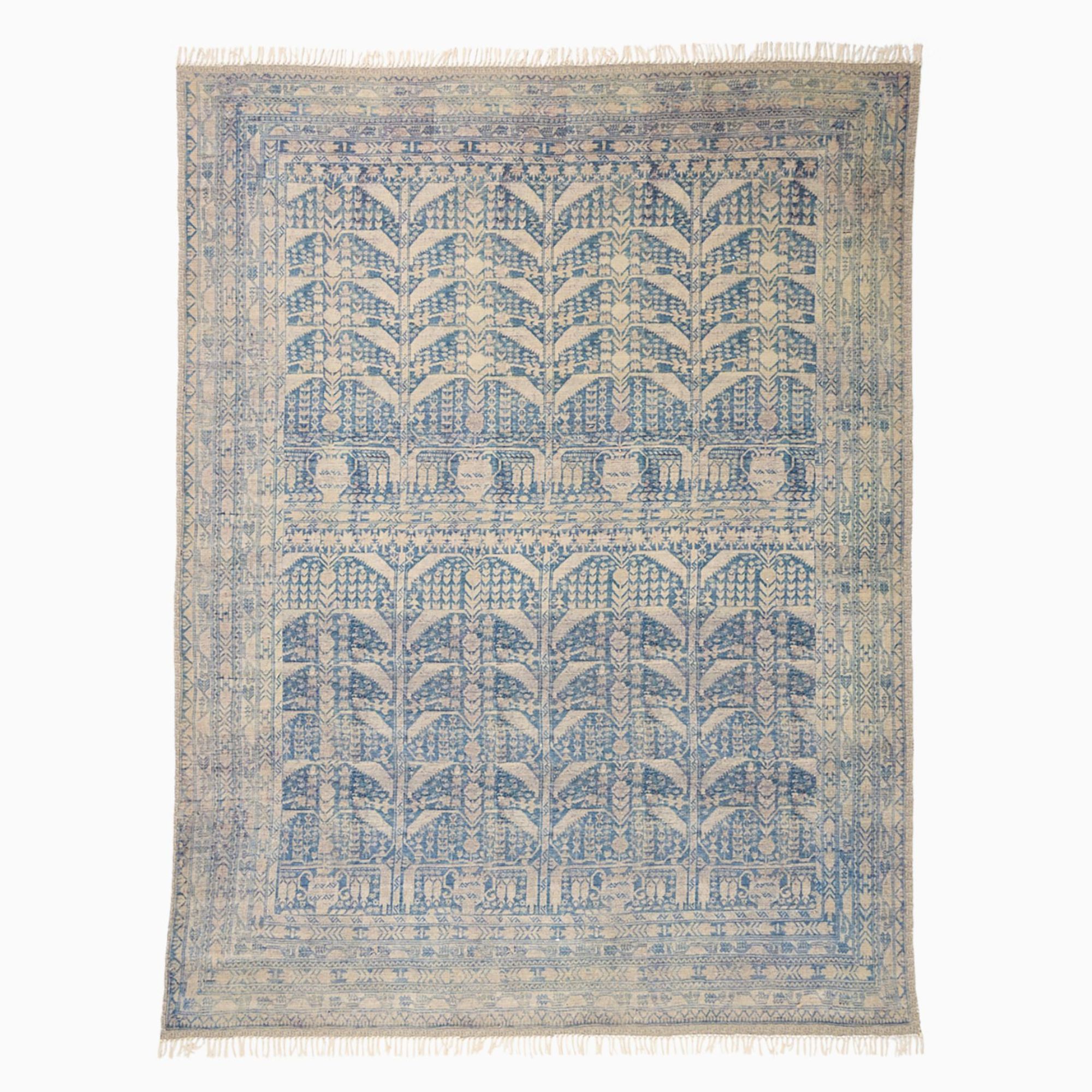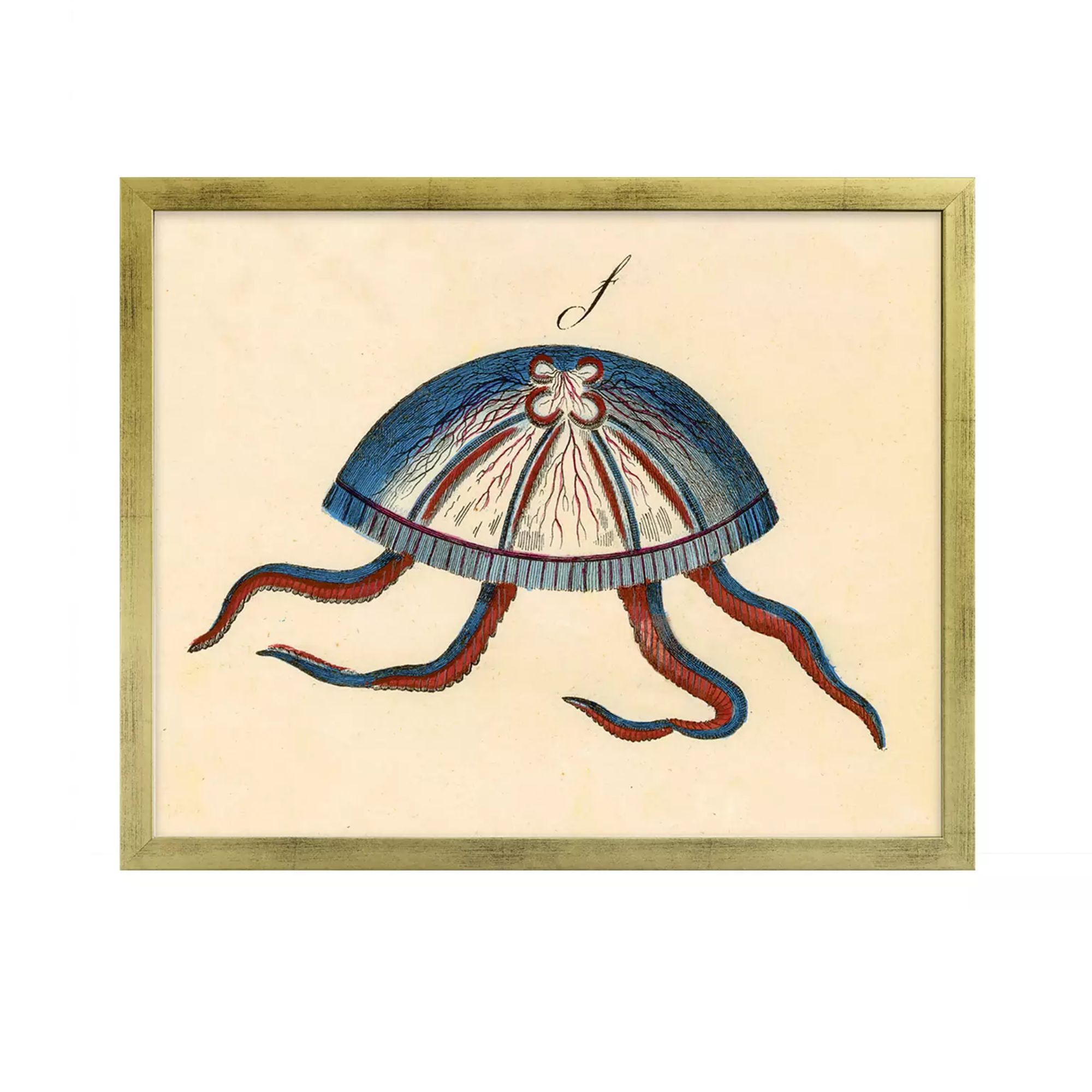I’m in the middle of decorating two connecting rooms – here’s how I’m making the two totally different schemes speak to one another
Here's everything I've learned about decorating two adjoining rooms


I'm finally at the stage of my home renovation where we can start to tackle the front rooms which have, for the best part of the last two years, painfully just been reserved for tools and paint pots up until this point.
Luckily for us, the previous owners created a big and beautiful opening between these front two rooms so we now have bright, open, and adjoining living room and dining room spaces that are crying out for some TLC.
The challenge? Creating two schemes for these connecting rooms that feel cohesive but not at all identical. Let me walk you through all the decorating ideas I have tried and steps I've taken to make sure these two rooms speak to one another – and the lessons I've learned along the way.
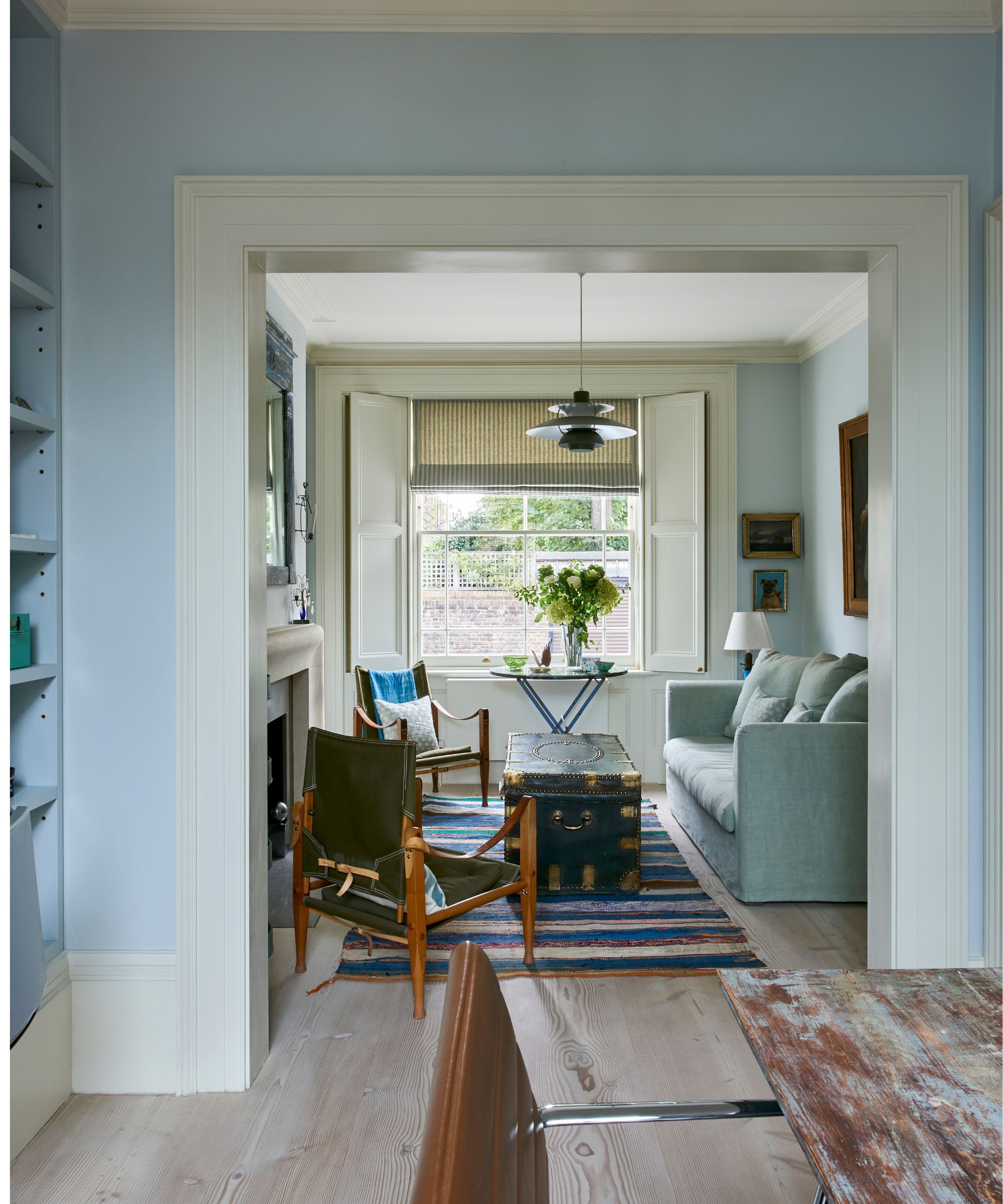
If you've ever set foot in a traditional Victorian or Edwardian home here in the UK, you'll know all about the dreaded 'middle room'. Originally these rooms were at the back of the house and looked out onto the garden.
However, over the years most of these 100+ year old homes have been extended to add kitchens and bathrooms meaning this space is a bit of an odd walk-through space, typically sandwiched between the living room and the kitchen.
I say 'dreaded' because they're a hard space to get right. And while some homeowners don't need to create a purpose out of this space (as they benefit from square footage elsewhere) some, like me, need to utilize all the room they can get.
For us, it made total sense to create an informal dining room out of the middle room. That way, we've got a lovely lounge through to dining through to kitchen flow for hosting and general living.
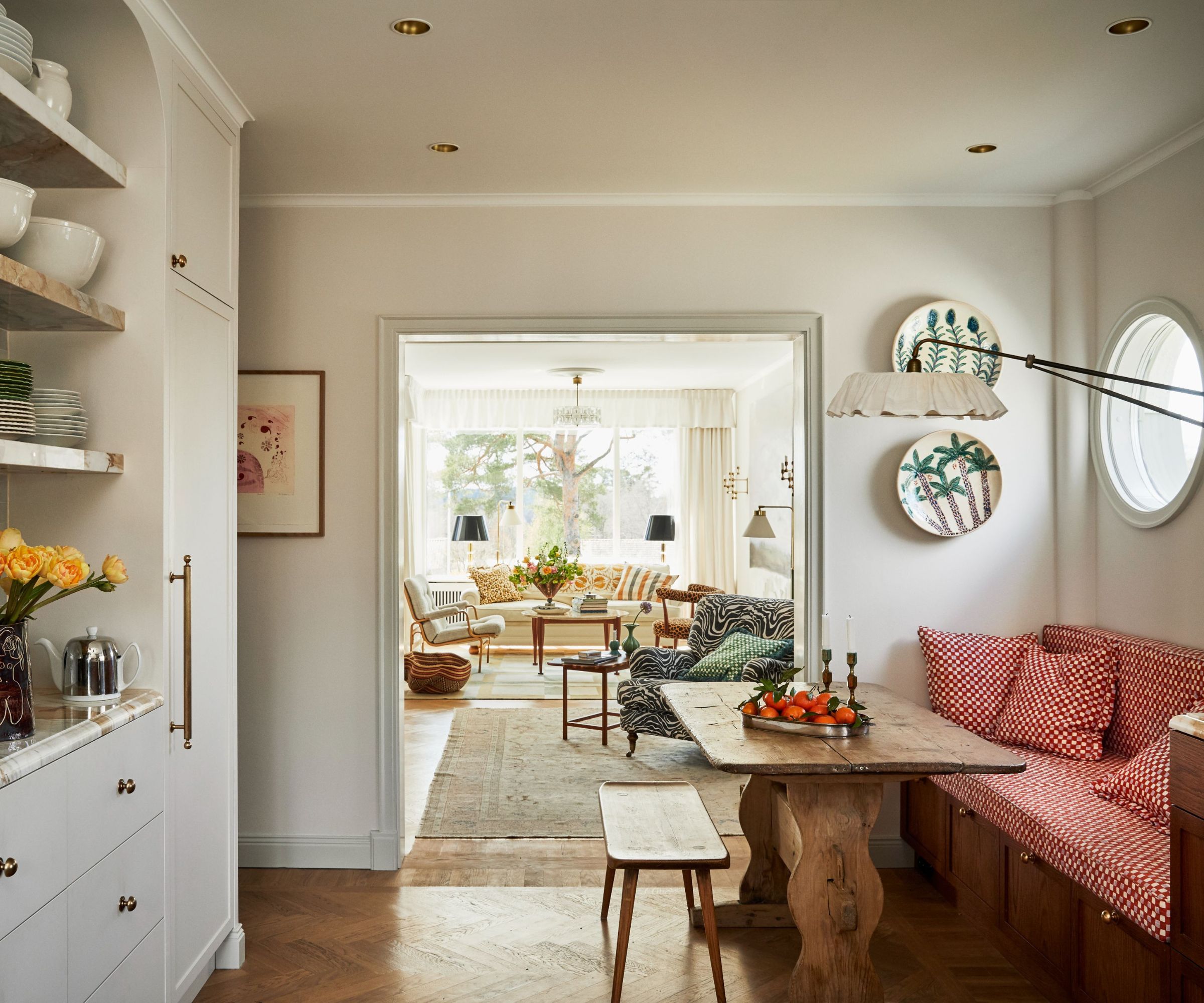
There are no doors between the two rooms (something we plan to add later to give us the option of closing off the living room to make it a more private snug) so this means that the spaces are totally open to each other.
So there were a few things I needed to consider before settling on my scheme: color palette, sightlines, and unifying elements.
When decorating two connected rooms, the goal isn’t to make them identical but to establish a sense of flow and unity that feels intentional. Adjoining rooms don't exactly need to match, but they do need to share a subtle thread of connection through design details. Here's how.
How I'm decorating two adjoining rooms in my home
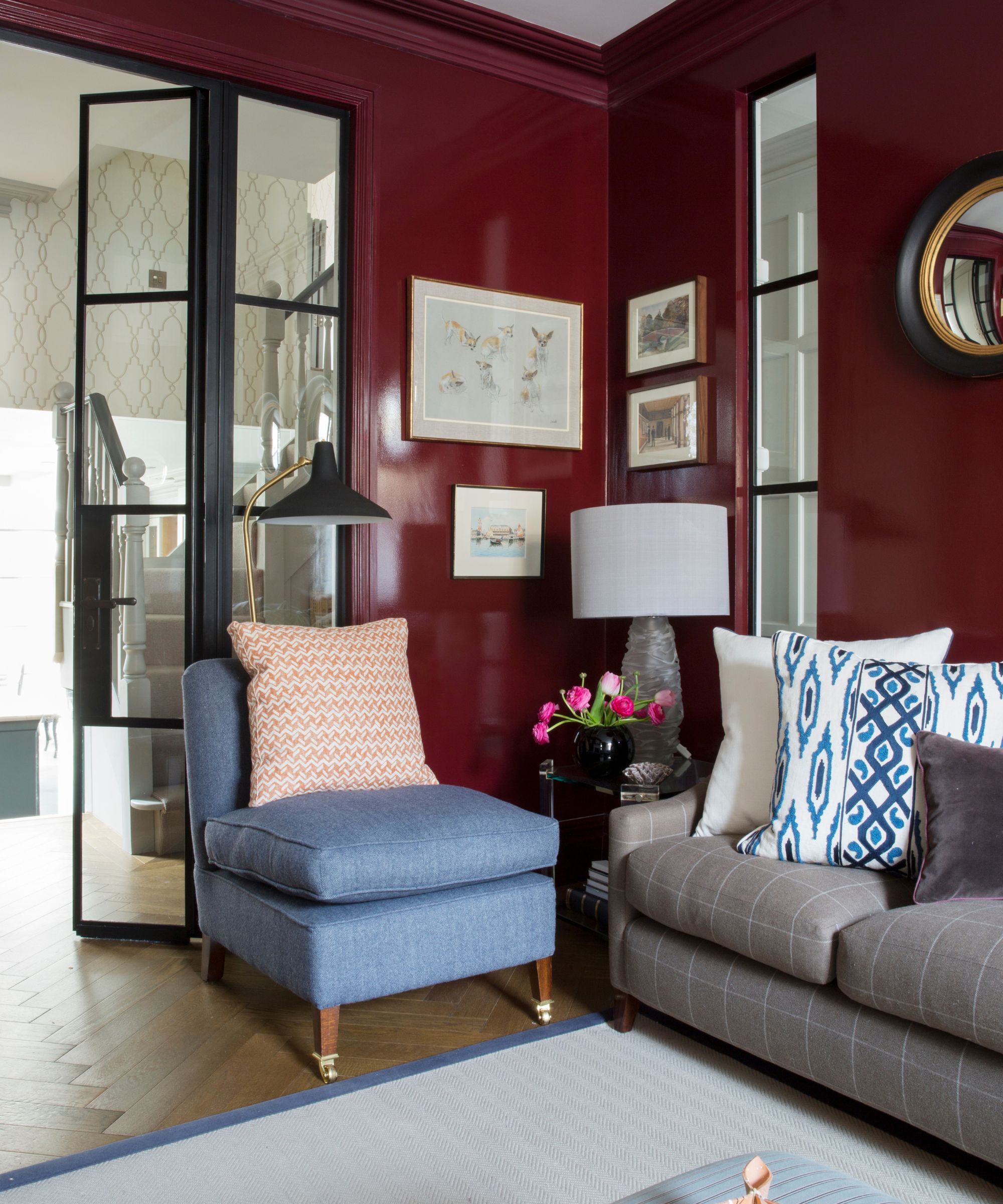
The first, and in my opinion, most important factor was the color palette. As the brilliant Tash from Lick Paints describes in this recent TikTok video about decorating adjacent rooms, there are two schools of thought here. Tonal scheme or complementary color scheme.
'You can never go wrong if you pick one color [like pink, for example] and you can go for a darker shade in one room and a light shade in the other,' Tash advises in the video. 'This looks really sleek.'
'Another option is a complementary. So look at the color wheel and whichever colors are opposite each other, they will always sit well together,' Tash explains, suggesting a Teal 01 shade alongside a complementary Orange 02 shade from Lick.
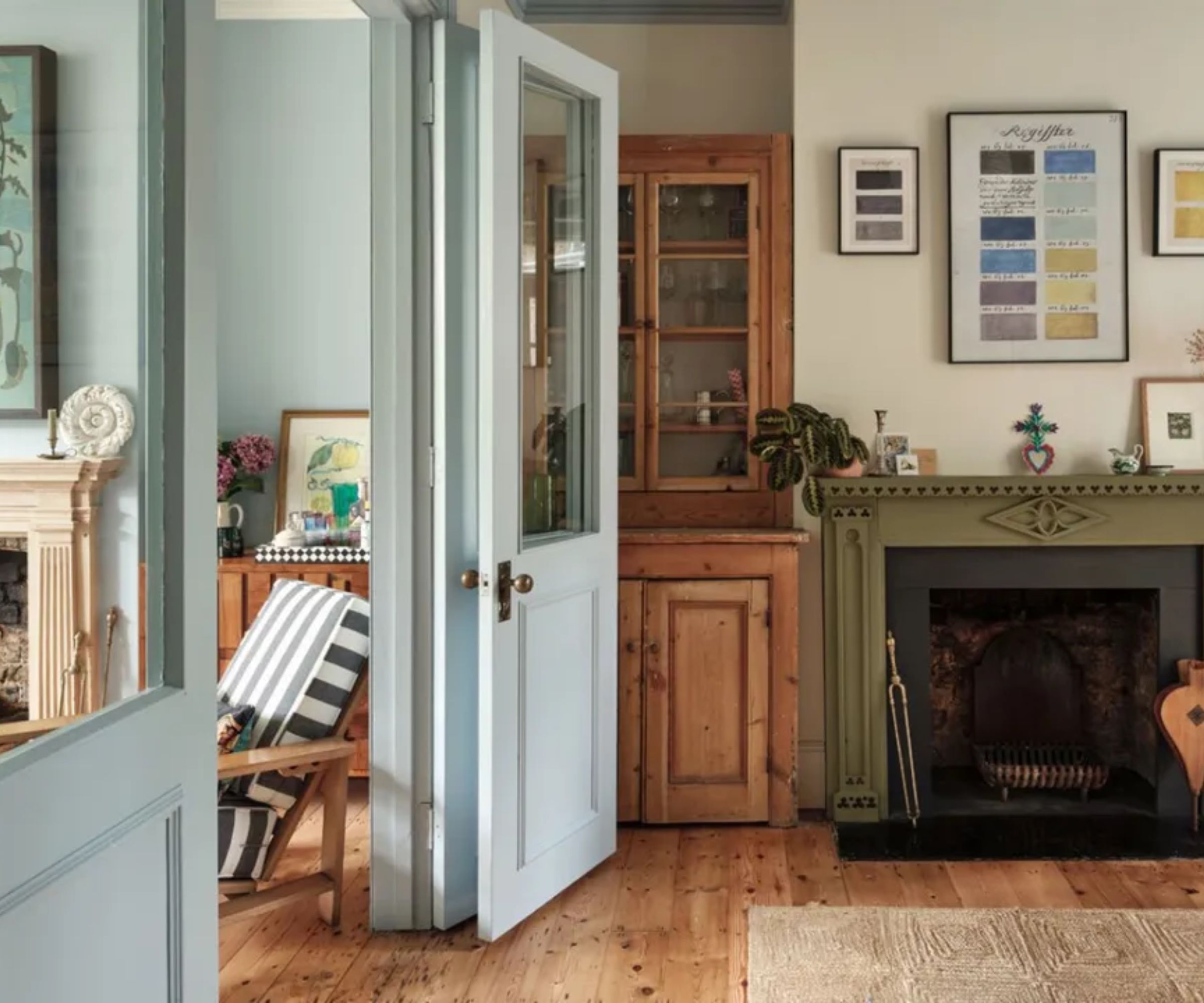
Taking inspiration from this living room seen above, designed by interior designer Pandora Taylor, I knew I wanted to lean into blue living room ideas, and turned to Farrow & Ball for their tips on decorating my blue living room.
The shade I've settled on is Parma Gray by Farrow & Ball, a soft subtle blue that we've color drenched across all 5 walls (and plan to add to the custom cabinetry too, once built).
While this room reads a little more maximalist, I knew I wanted the adjoining dining room to feel a little calmer. So I reached for the color wheel and, after months of deliberating, chose a complementary and super soft yellow color palette – picking White Tie for the walls and Matchstick for an accent ceiling. This way I knew that the two room color combinations worked together in harmony.
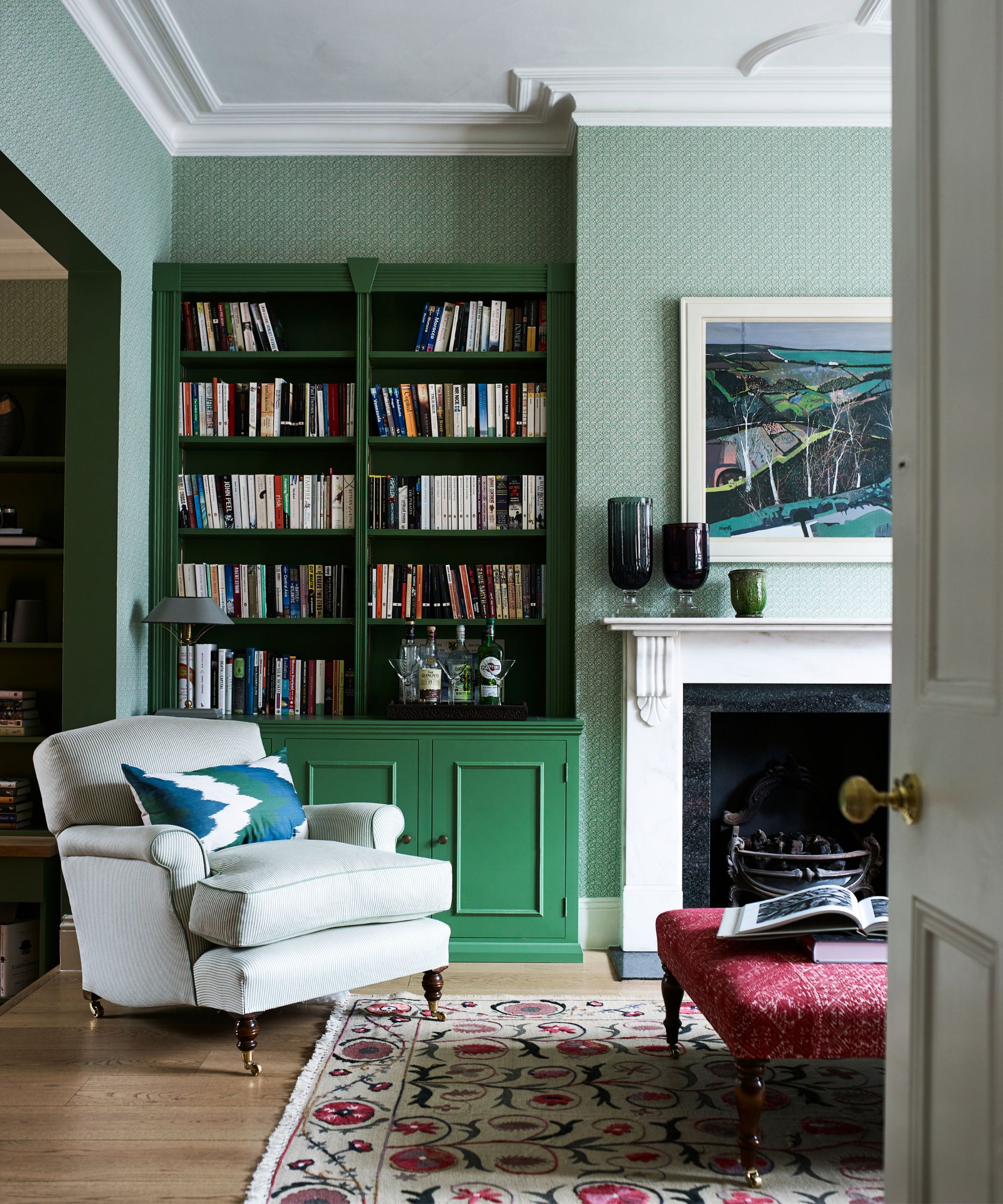
At first glance, the two spaces couldn't be any more different. When I chose to pair back the wall color in the dining room, I did this with the intention of choosing a hue that I could then introduce blue to without it feeling jarring.
With thoughtful choices, like matching ceiling lights, a large vintage blue rug that sits underneath the dining table, and artwork with hints of the hue, I've been able to bridge the gap between the two connecting spaces. A simple accessory can do wonders with tying rooms together.
Another effective strategy is to think about how one space leads into the next. Now even if you don't have a middle room to tackle, adjoining or connecting rooms are becoming more and more popular thanks to open-plan living.
And with all open-plan spaces, the key is not to disrupt the sightlines. This can be something as simple as ensuring the same flooring runs through both spaces without a threshold so that the two spaces flow together, or ensuring that large pieces of furniture or lighting don't block the view from one space to another.
It’s about finding those ‘breadcrumbs’ of continuity – whether it’s a shared color palette, material, or even a repeated shape – to create a sense of togetherness.
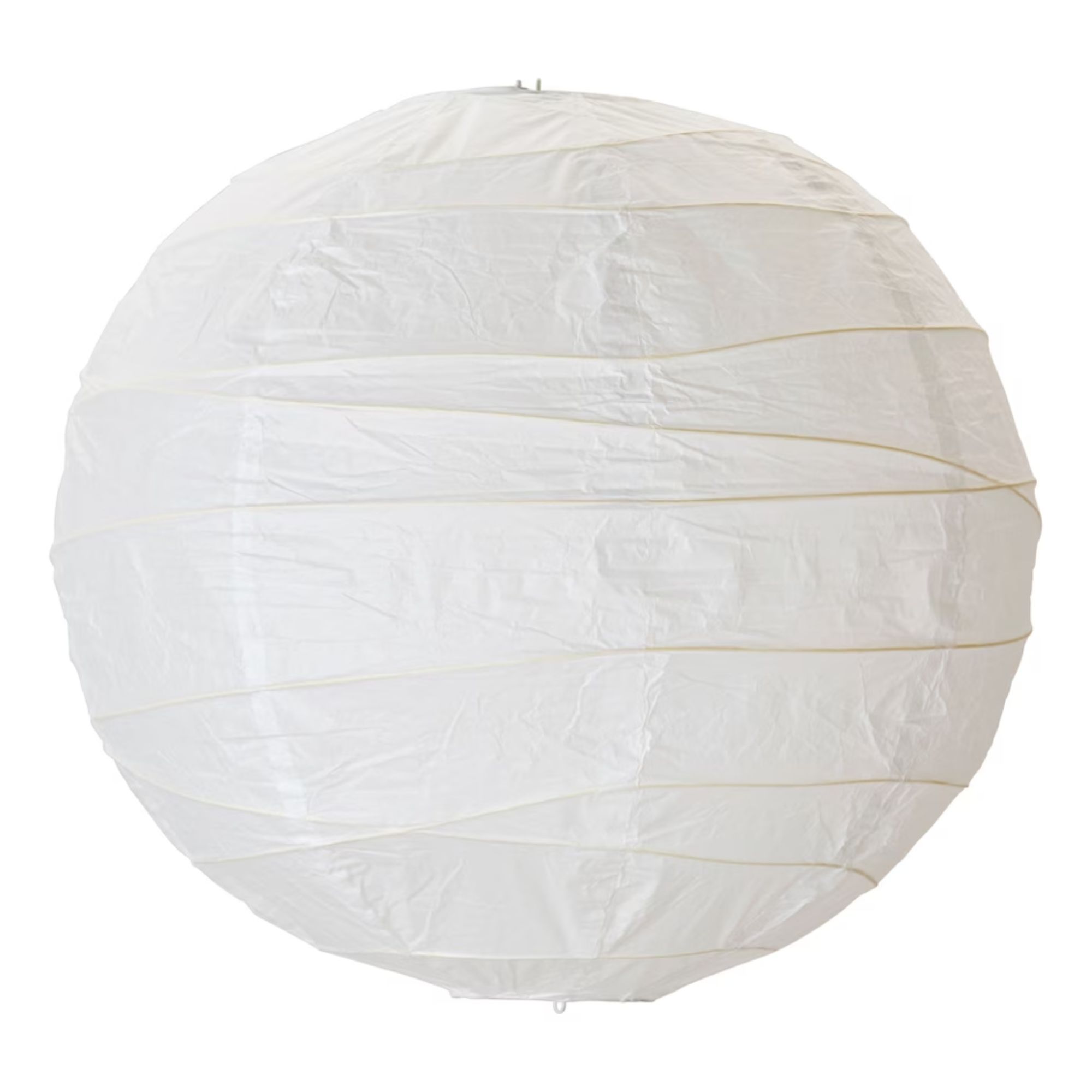
I'm tempted to go for the paper lantern beloved by designers for these spaces. This IKEA one is budget-friendly and softly diffuses light.
The most important thing to remember is that creating a sense of cohesion between two distinct spaces doesn’t mean sacrificing their individuality.
Whether it’s through shared colors, materials, or thoughtful styling, thoughtful and intentional choices can make all the difference in helping the two rooms find common ground. If you’re facing a similar challenge, hopefully, everything I've learned and shared here will help you on your own decorating journey.
Sign up to the Homes & Gardens newsletter
Design expertise in your inbox – from inspiring decorating ideas and beautiful celebrity homes to practical gardening advice and shopping round-ups.

Charlotte is the style and trends editor at Homes and Gardens and has been with the team since Christmas 2023. Following a 5 year career in Fashion, she has worked at many women's glossy magazines including Grazia, Stylist, and Hello!, and as Interiors Editor for British heritage department store Liberty. Her role at H&G fuses her love of style with her passion for interior design, and she is currently undergoing her second home renovation - you can follow her journey over on @olbyhome
You must confirm your public display name before commenting
Please logout and then login again, you will then be prompted to enter your display name.
-
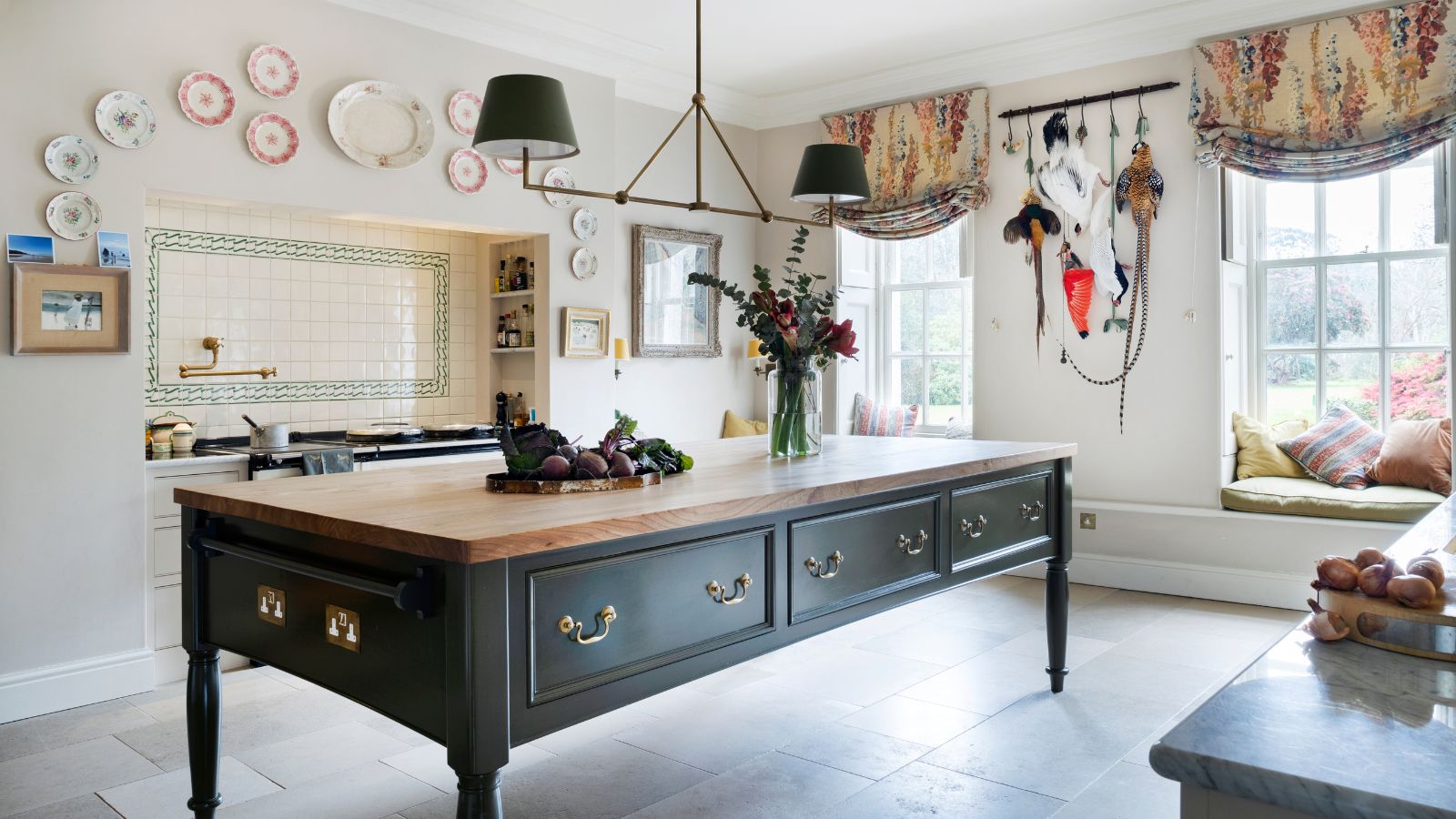 Step inside this British stately kitchen that's steeped in country charm – a kitchen built for now, with the soul of another era
Step inside this British stately kitchen that's steeped in country charm – a kitchen built for now, with the soul of another eraBritish kitchen designers Guild Anderson reimagined the layout of this characterful kitchen, crafting a bespoke kitchen design that honours the heritage and enduring charm of this historic Cornish home
By Caroline Moratti
-
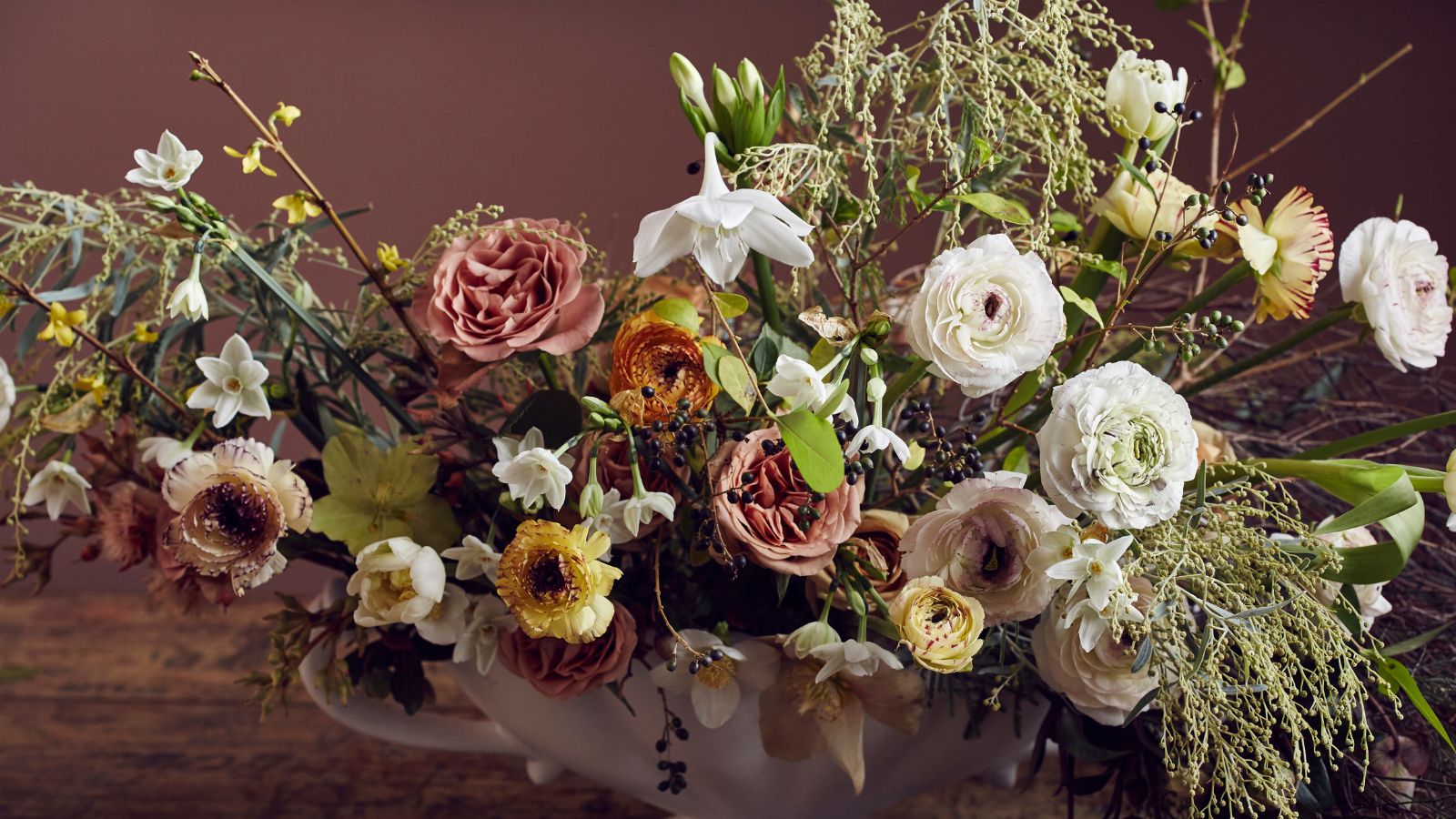 How to arrange flowers like a professional – these 5 rules are all you need according to floral experts
How to arrange flowers like a professional – these 5 rules are all you need according to floral expertsWe asked floral experts for their advice on arranging flowers, whatever the season – create stunning floral displays all year round with these rules
By Katrina Harper-Lewis
